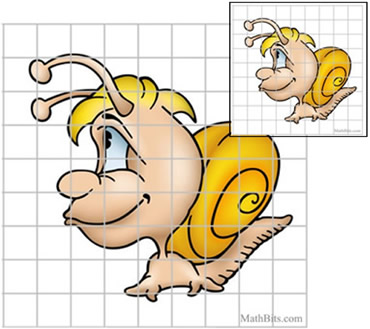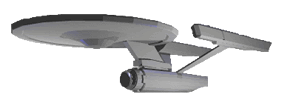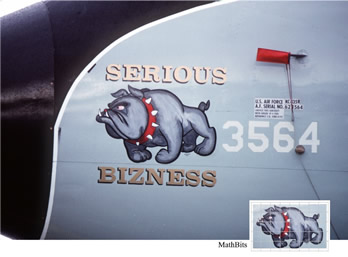A scale drawing is a drawing where the dimensions are proportional
to the actual size of the object being drawn in a predetermined ratio.
Scale drawing is an application of the concept of similarity.
In plain English, a scale drawing is a drawing which has been reduced or enlarged from its original size, to a specified scale.
(Defined by Collins English Dictionary).
The scale is a ratio of the size of the drawing to the size of the original object being drawn.
This may be referred to as a scale ratio.
It compares the scale drawing of an object to its actual size.
For example, if the scale is 1 cm : 3 cm, then the length of 1 cm in the drawing represents 3 cm in true size (or original size).
|
 |
The term scale factor is the ratio of a measurement of the drawing compared to
the corresponding measurement of the original figure.
A scale factor is a number used as a multiplier in scaling.
(Units are not mentioned in a scale factor.)
Example: A sidewalk 20 feet long is drawn on a map as 4 inches in length.
The scale factor of 1/60 tells us that the map is 1/60 times the size of the actual sidewalk.
If the scale factor is < 1, the created object is smaller. (reduce)
If the scale factor is > 1, the created object is larger. (enlarge) |
 |
Remember that the scale factor is the number you multiply
times the initial object's measurements to get the new, created object.
Scale drawings are used in a variety of fields: art, cartooning, design, advertising,
construction, architecture, floor plans, mapping, geography, landscape, cellular biology, geometry, physics, astronomy, engineering, chemistry, aerospace, archaeology,
and the list goes on.

 |
A scale replica of the starship Enterprise (from Star Trek) has a length of 8 inches. The actual starship is said to be 2,108 feet in length. What was the scale ratio used to build the replica? |
Solution:

|
 |
|
 |
During WWII, soldiers drew pictures on the noses of their aircrafts, which were called "nose art". A small initial drawing |
| was made, and then enlarged onto the plane. If the scale factor of the enlargement was 12/1, and the length of the initial dog was 6 inches, what was the length of the plane's bulldog in inches? |
Solution:

|
 |
|